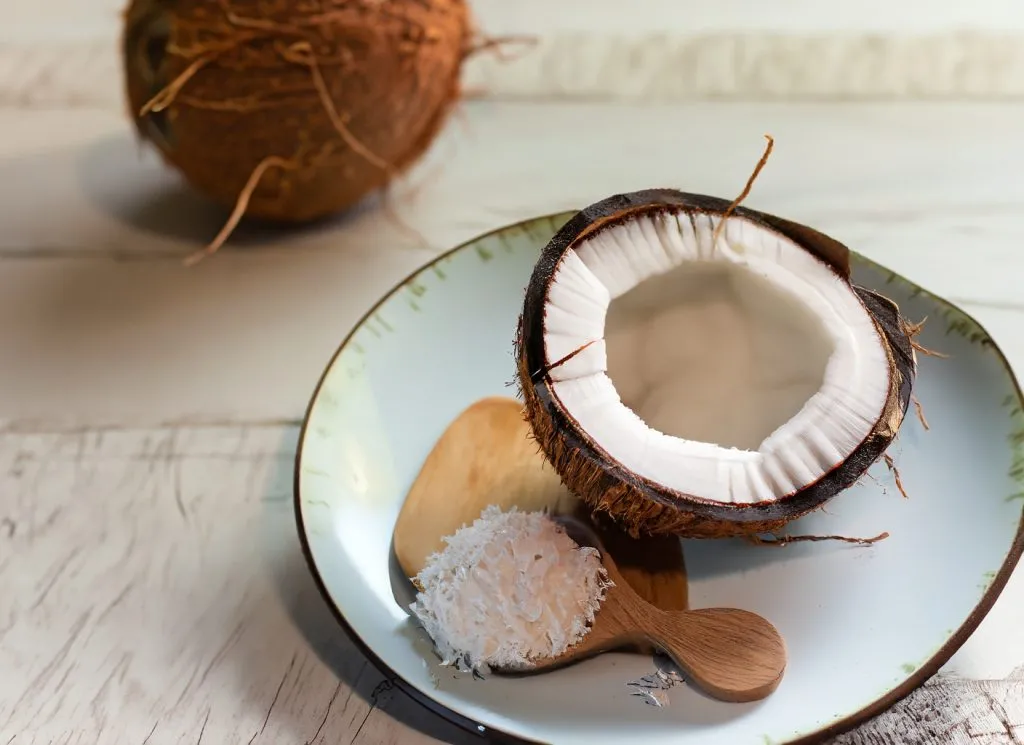What's the difference between a coconut seed and a coconut fruit?
The coconut, often hailed as the “tree of life” in tropical regions, stands as a testament to nature’s bounty. Its distinct form, which many recognize from sandy beaches to food aisles, is a complex structure that goes beyond its hardy exterior. While it’s a staple in many cultures, its anatomy often sparks curiosity, leading to questions and sometimes misconceptions. A common point of confusion is its dual nomenclature. The terms ‘seed’ and ‘fruit’, though frequently used interchangeably when referring to the coconut, aren’t synonymous. In fact, they highlight different aspects of this tropical marvel. To navigate this botanical puzzle, it’s essential to delve into the coconut’s anatomy and its unique reproductive strategy. Let’s explore these differences in detail:
Coconut Seed: The Core of Life
- Position and Anatomy: The seed is essentially the innermost part, protected by the husk and shell. It’s where the potential for a new plant lies.
- Function: If the coconut seed finds the right conditions (moist soil and warm temperatures), it can germinate and give rise to a new coconut palm.
- Edibility: The meat or the white part that we consume from a mature coconut is a part of the seed.
Coconut Fruit: The Complete Package
- Position and Anatomy: When we talk about the coconut fruit, we are referring to the whole coconut – the seed, the husk, and the shell.
- Function: The fruit serves as a protective unit for the seed, safeguarding it from physical damage and aiding in its dispersal, given its buoyant nature.
- Edibility: Different parts of the fruit have different uses. The husk is often utilized for making coir, while the water inside is a refreshing drink.
In Essence:
Every coconut fruit contains a seed. When we sip coconut water or enjoy its creamy flesh, we’re interacting directly with parts of the seed. However, the husk and shell, components of the fruit, provide a protective barrier and aid in the seed’s potential journey to germination.
For a deeper understanding of coconuts and their fascinating journey from seed to sapling, explore how coconuts germinate.

